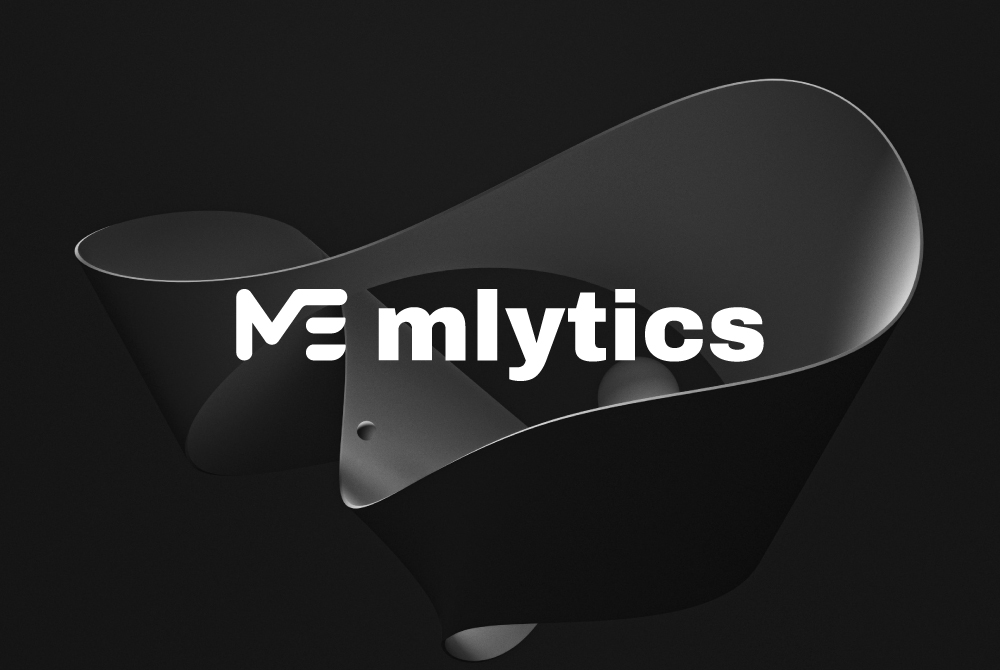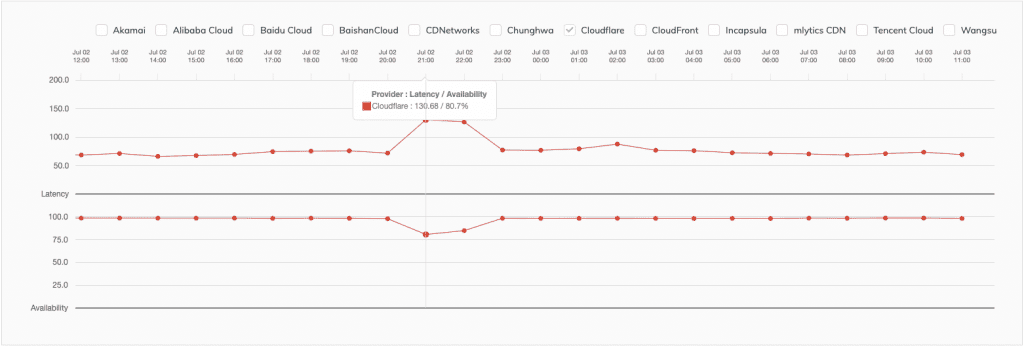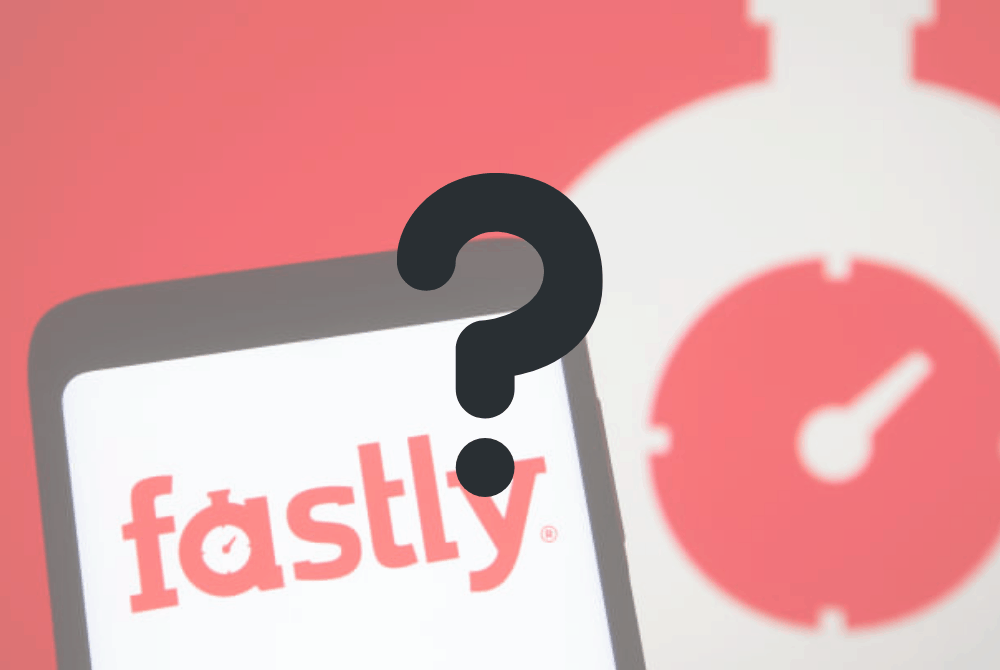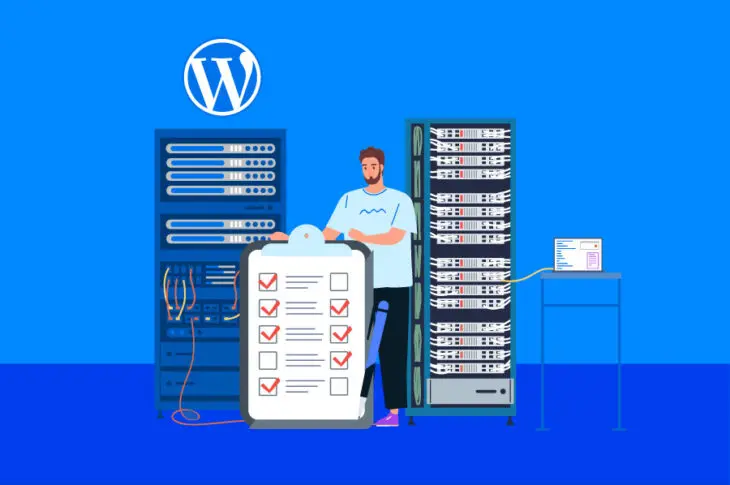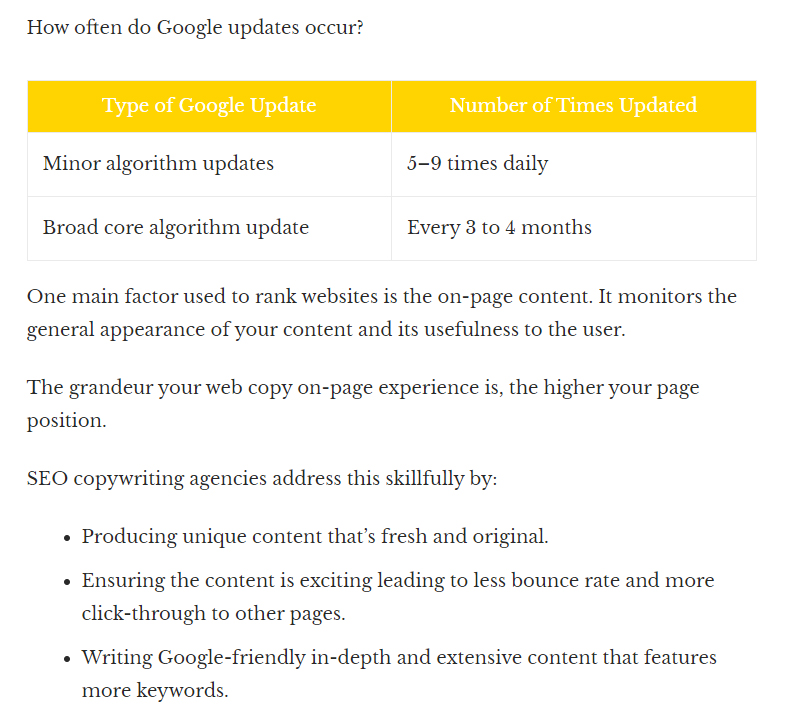Cache Poisoned Denial of Service is an assault vector that disables legitimate person entry to on-line assets and web sites. As caching performs an important half within the supply structure of most net functions, assaults towards this infrastructure element can have a major impression on the provision of a web-based service.
Implementing caching, whether or not or not it’s in your origin server or by leveraging the providers of a Content material Supply Community, is a confirmed technique that enhances the end-user expertise. By enhancing page-load speeds, not solely does your web site ship the efficiency anticipated by at this time’s trendy on-line person, nevertheless it additionally improves your search engine rating. Nonetheless, when this important element of your net service structure comes below assault, it has the potential to trigger reputational hurt to your online business or on-line model.
What’s a Cache Poisoned Denial of Service Assault?
A Cached Poisoned Denial of Service (CPDoS) is a malicious manipulation of an online cache service that ends in professional customers being unable to entry on-line assets. Usually, a CPDoS assault begins with a foul actor sending a normal HTTP request to your service containing a malicious header. Because the useful resource requested by the malicious payload just isn’t within the cache, it forwards the request to the origin server to acquire a contemporary copy of the content material. The net server responds with an error web page that’s then saved by the cache as an alternative of the professional useful resource.
The attacker will know if their net cache poisoning assault is profitable once they navigate to the contaminated useful resource, and it presents them with an error web page. When a professional person tries to entry the useful resource, the location shows an error message as an alternative of the requested content material, successfully inflicting a Denial of Service.
What are HTTP Headers?
HTTP headers are an important element of the HTTP protocol. They play a vital position in managing the requests from a browser and the responses acquired from the webserver. Dividing these protocol elements based mostly on the supply of the request categorizes them into two logical items, HTTP Request Headers, and HTTP Response Headers. Each parts comprise the essential data wanted to handle the communication between the supply and vacation spot of an HTTP request. Cache-related settings, request or response metadata, in addition to media varieties, encodings, and languages, are the varieties of knowledge usually contained inside an HTTP Header.
How do Attackers Execute a CPDoS Assault?
In line with cpdos.org, three efficient assault methods can lead to a profitable CPDoS assault. These embrace the HTTP Header Oversize, HTTP Meta Character, and HTTP Methodology Override.
HTTP Header Oversize (HHO)
The HTTP Header Oversize (HHO) assault leverages a misconfiguration between the cache settings on the origin server and one other caching service reminiscent of a Content material Supply Community (CDN). This CPDoS vector takes benefit of the truth that the HTTP protocol commonplace doesn’t outline a measurement restrict for HTTP request headers. Consequently, numerous applied sciences that make the most of the HTTP protocol set their very own header measurement limits. A CPDoS assault leveraging HHO takes benefit of the discrepancy within the header measurement restrict between the origin server and a caching service. If the cache units header measurement limits that exceed that of the webserver, then it’s susceptible to a CPDoS HHO assault.
An attacker launches a CPDoS HHO assault by crafting an HTTP header GET request that’s bigger than the scale permitted by the origin server however nonetheless falls inside limits accepted by the CDN. When the origin server receives the outsized header, it generates and sends an error again to the CDN. Because the measurement of the header is inside the threshold set by the CDN, it then shops the error message in its cache. When professional customers attempt to entry the poisoned useful resource, the cache presents them with an error message as an alternative of the content material they requested.
HTTP Meta Character (HMC)
Related in execution to the HTTP Header Oversize vector, the HTTP Meta Character (HMC) CPDoS assault additionally leverages the dearth of an HTTP commonplace for header requests. With HMC, the attacker features a meta character reminiscent of a line break (n) of their HTTP request. If the CDN accepts the meta character, it then passes the header to the origin server because it doesn’t have a cached copy of the content material. The origin server then returns an error because it doesn’t settle for that exact meta character in an HTTP header request. The cache is then poisoned with an error message as an alternative of the professional content material.
HTTP Methodology Override (HMO)
With an HTTP Methodology Override Cache Poisoned Denial of Service assault, the attacker makes use of any one among a number of HTTP strategies that the HTTP protocol commonplace gives. These embrace GET, HEAD, POST, PUT, DELETE, CONNECT, OPTIONS, TRACE, and PATCH. Web middleman applied sciences reminiscent of firewalls, proxies, and cargo balancers usually block all requests besides the 2 hottest, GET, and POST. As some REST-based APIs and net frameworks depend on different HTTP strategies, they implement HTTP headers reminiscent of X-HTTP-Methodology-Override, X-HTTP-Methodology, or X-Methodology-Override. These headers instruct the webserver to ignore the HTTP technique within the request and substitute it with the one within the specifically crafted HTTP header.
If a web site or net service makes use of a susceptible CDN to enhance the efficiency of its web site, attackers can craft a malicious HTTP header to create a Cache Poisoned Denial of Service. For instance, they’ll embed a POST request into an HTTP Methodology Override and ship the request to their supposed goal. The cache will interpret it as a GET request and move it onto the online service. When the service unpacks the header that then presents a POST request, the goal throws an error if no enterprise logic or server-side validation exists to interpret and handle this error. The service then sends the error web page again to the cache, successfully poisoning it and making a denial of service for professional customers.
Mitigating a CPDoS Assault
The first motive CPDoS assaults succeed is as a result of poor implementation of the HTTP commonplace for error messages. Many net servers and frameworks return a “400 Dangerous Request” by default. In line with the HTTP commonplace, solely “404 Not Discovered”, “405 Methodology Not Allowed”, “410 Gone”, and “501 Not Applied” are HTTP error codes that must be cached. If service suppliers wish to try to forestall a CPDoS assault, they need to use the relevant standing codes for the corresponding error.
Excluding error pages from being saved in a cache is one other helpful method to mitigate a CPDoS assault. For instance, including the HTTP cache-control header “Cache-Management: no-store” to each error web page will forestall the cache from being poisoned by false error messages. Nonetheless, this resolution will be labor intensive and can be liable to human error if each error web page just isn’t maintained. Disabling error web page caching in your cache configuration is the absolute best strategy to mitigate a Cache Poisoned Denial of Service.


